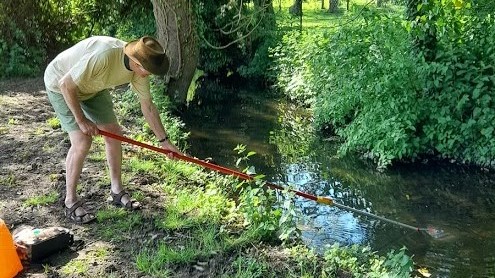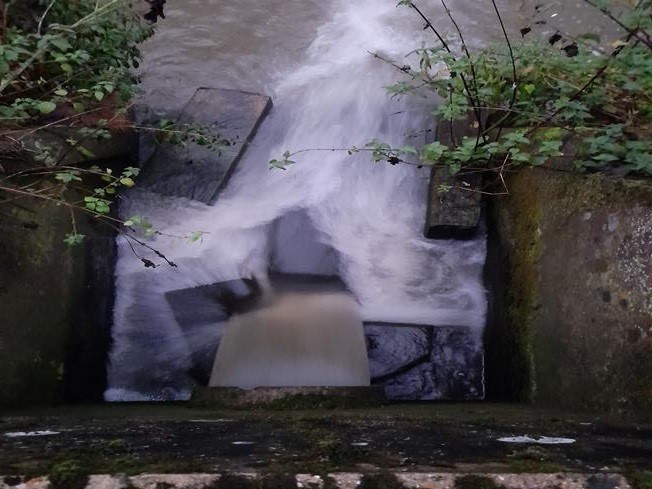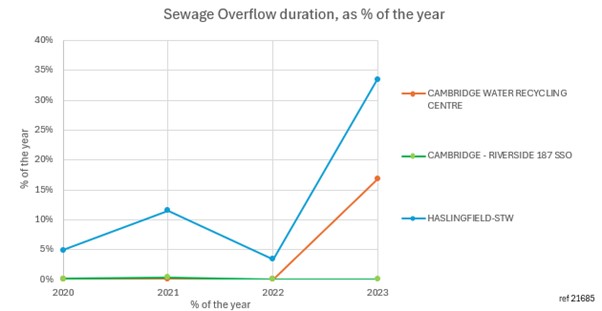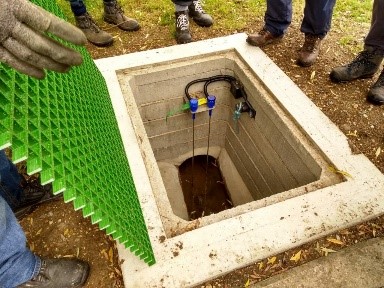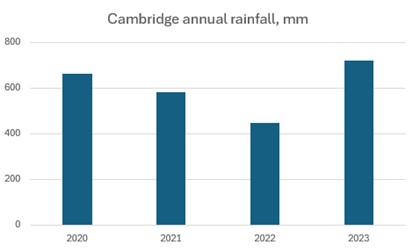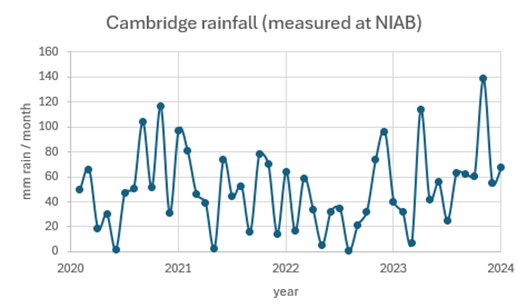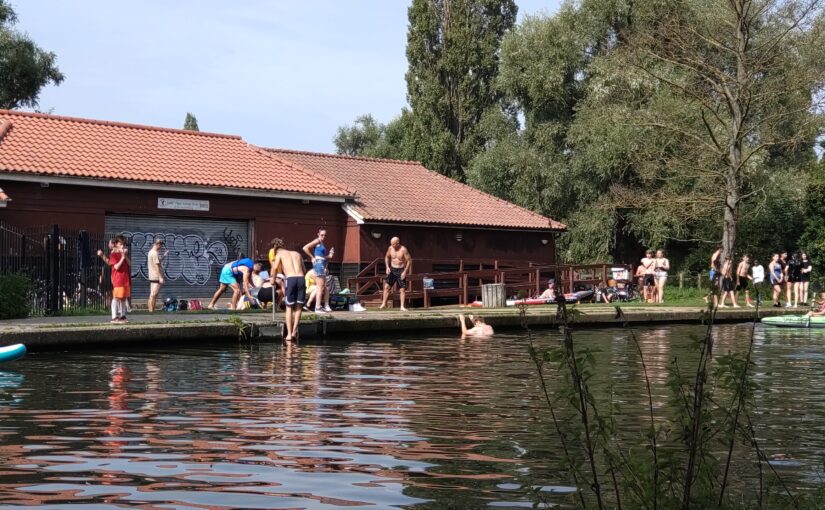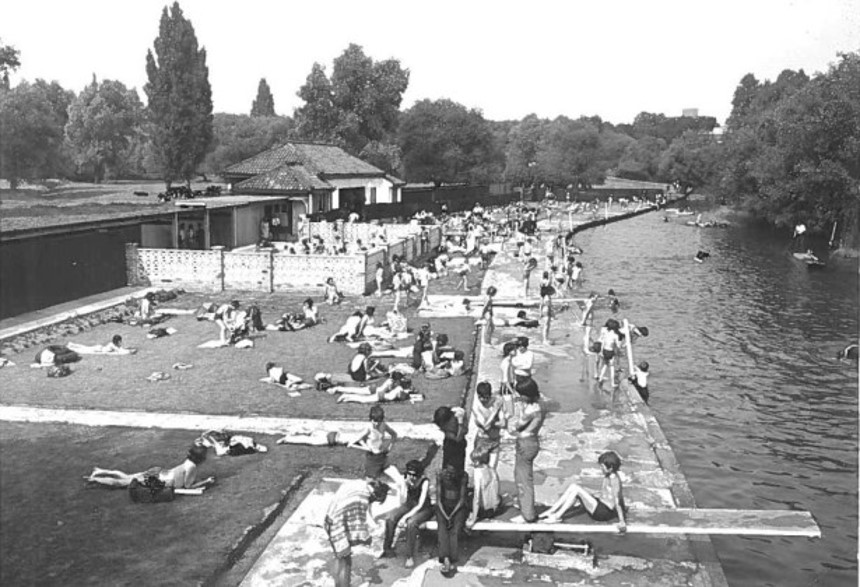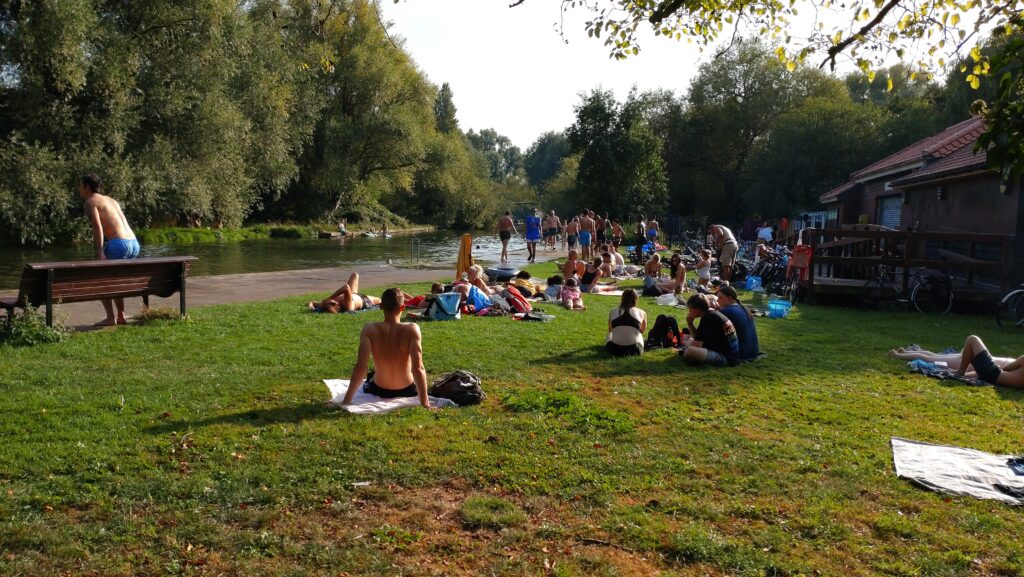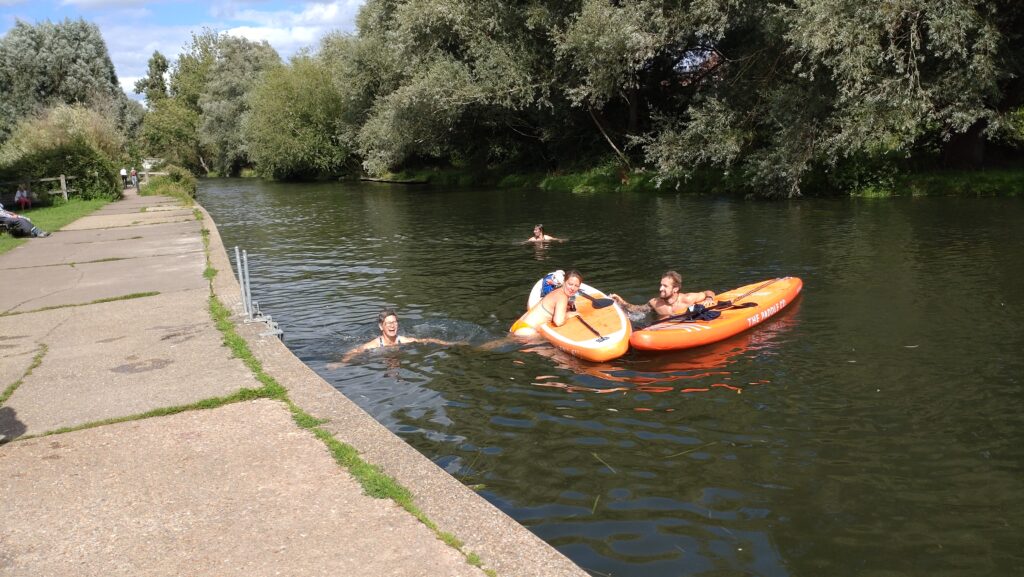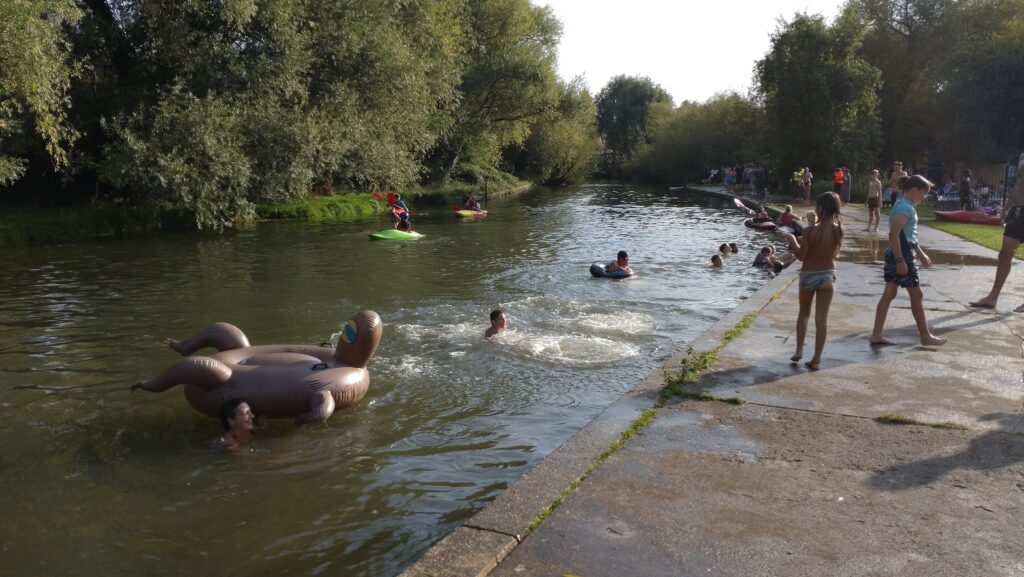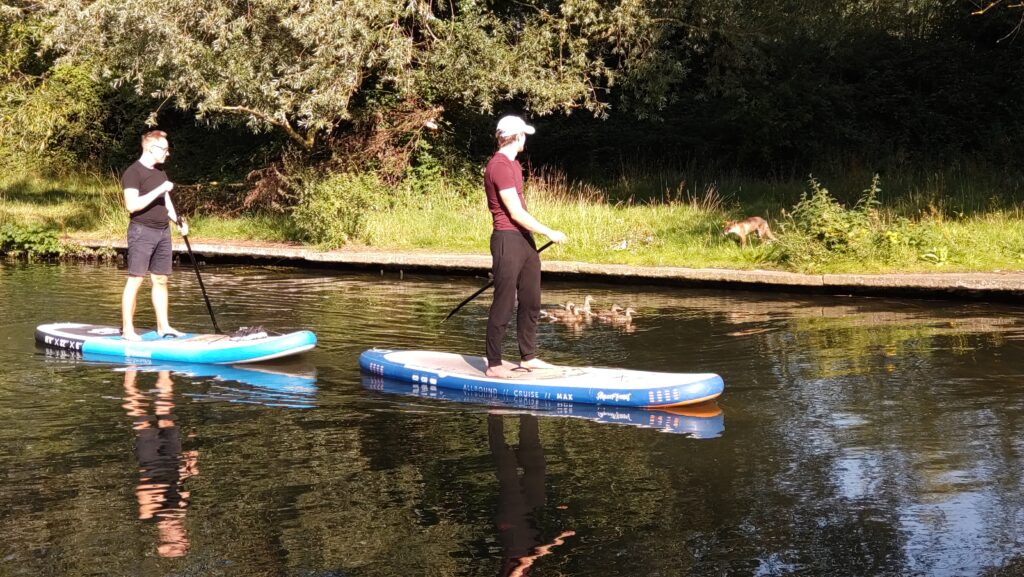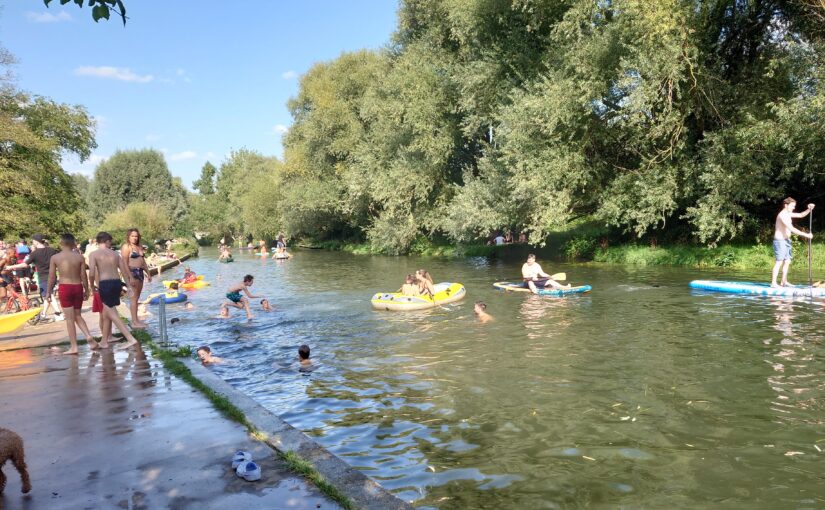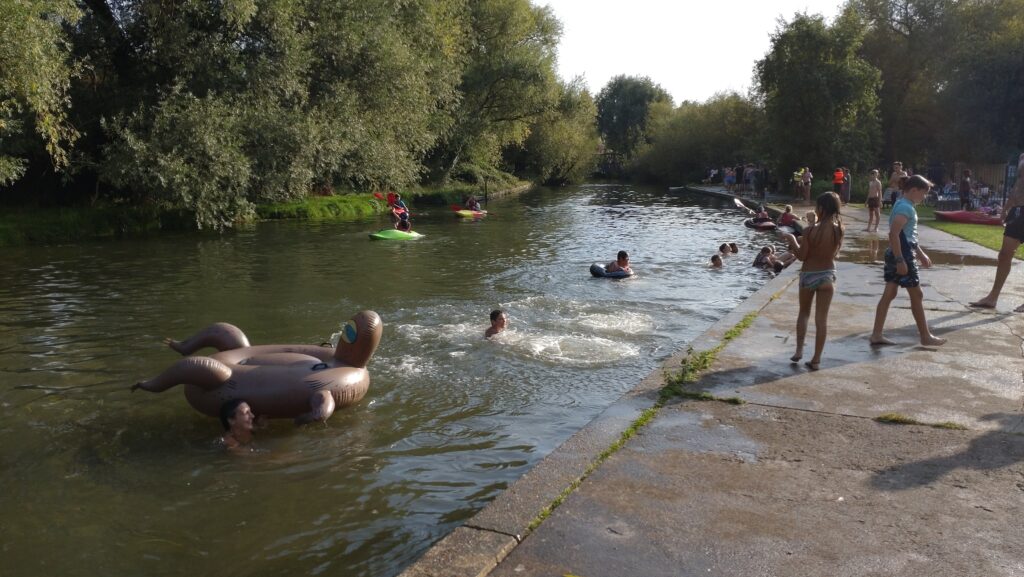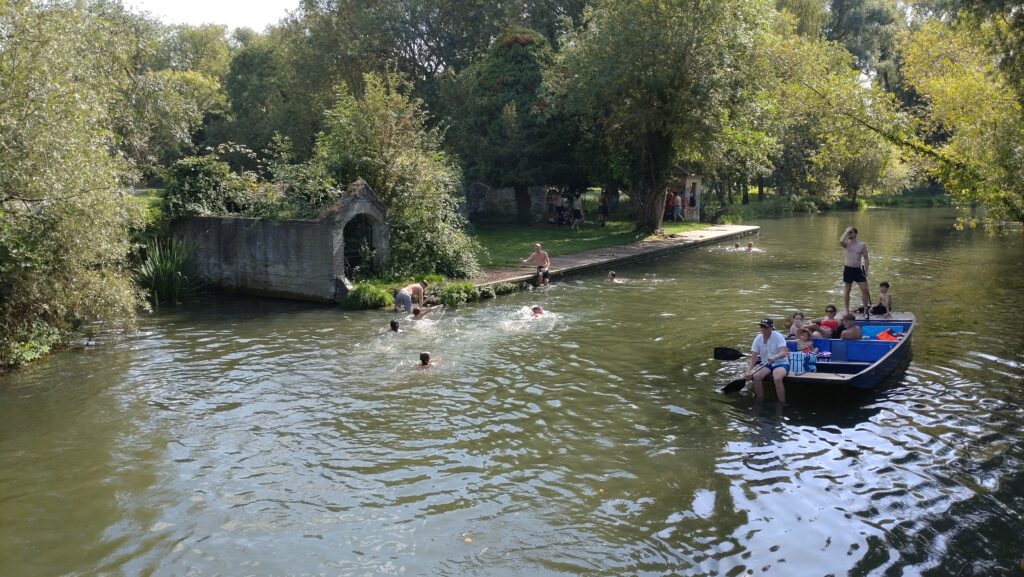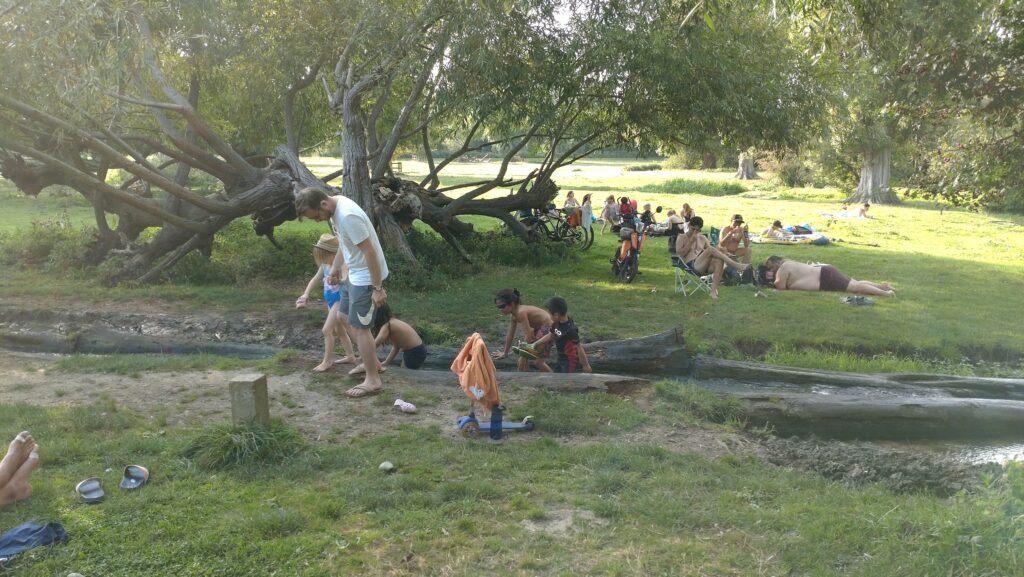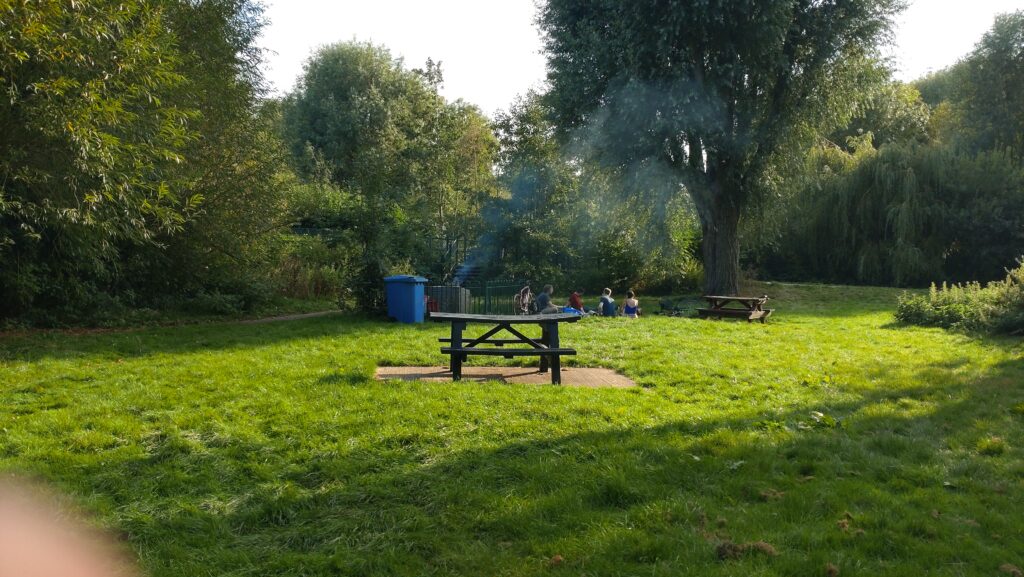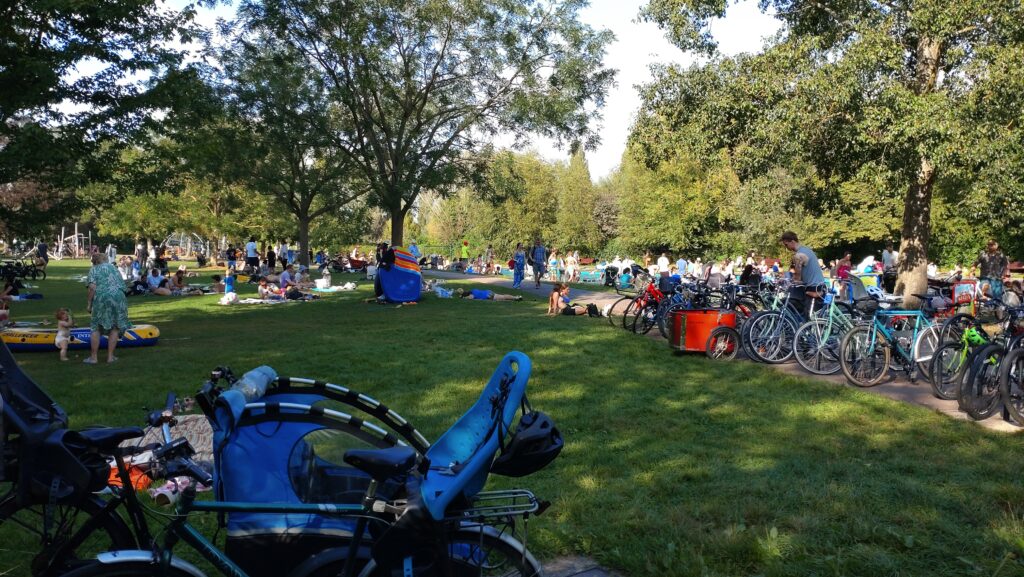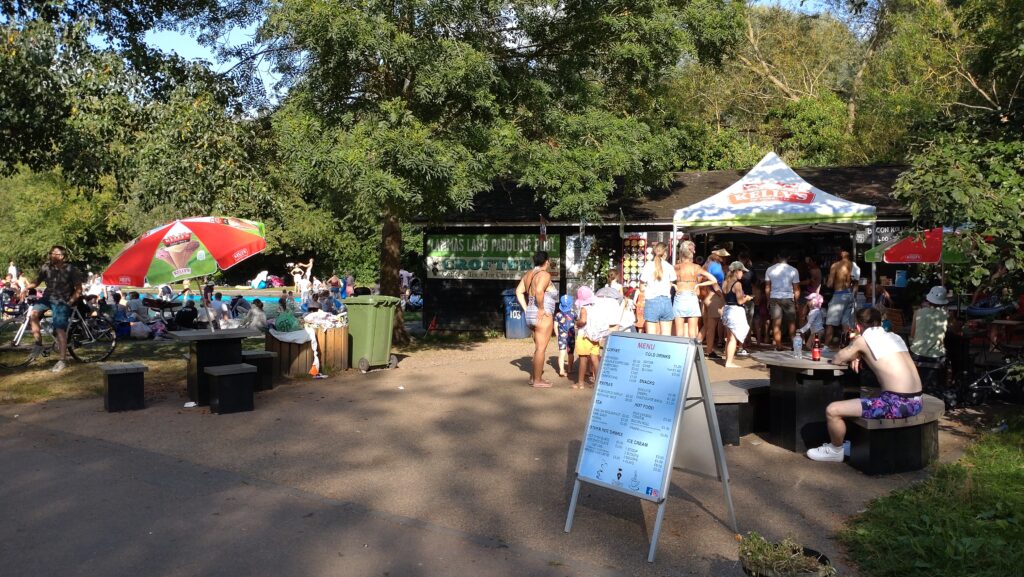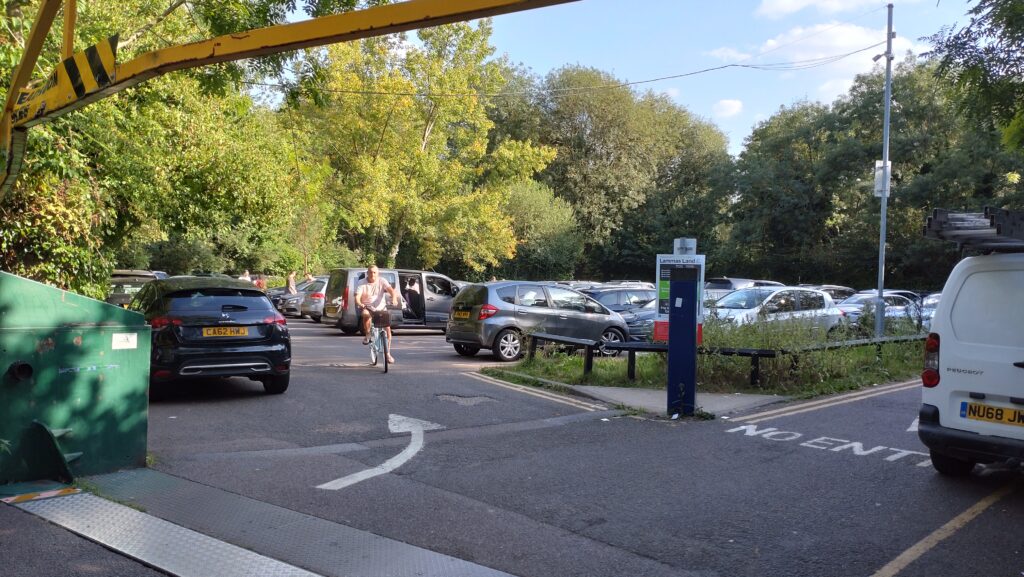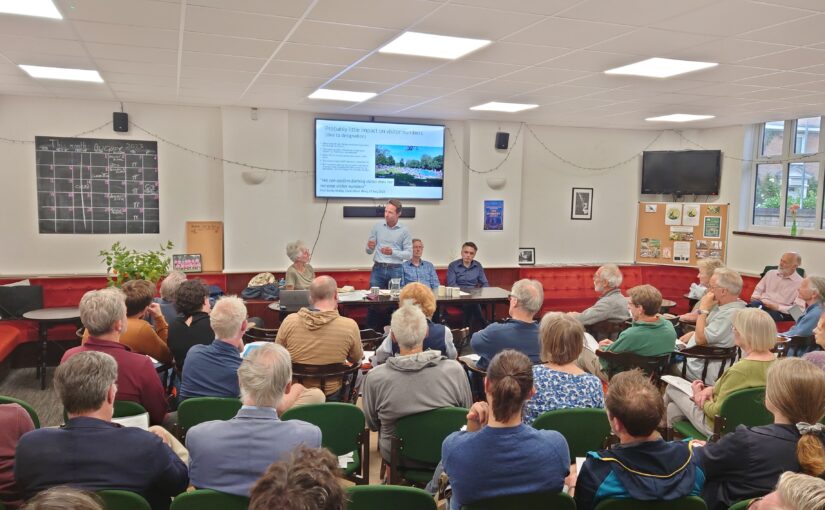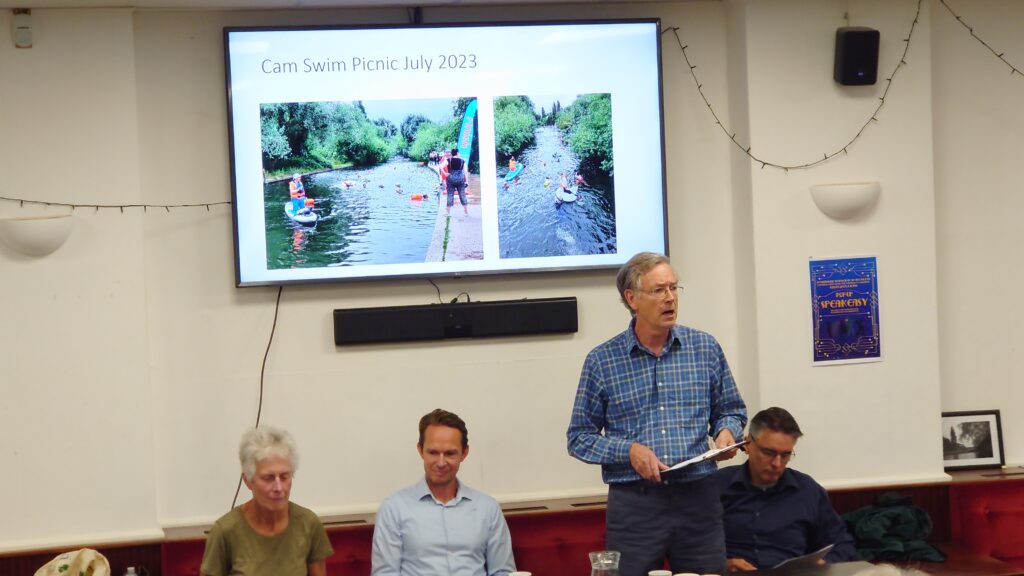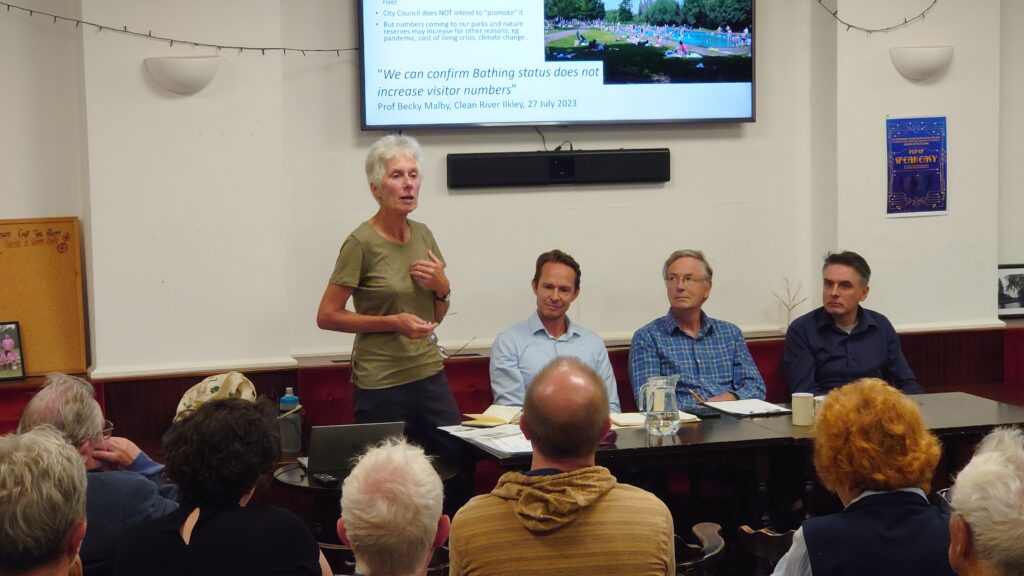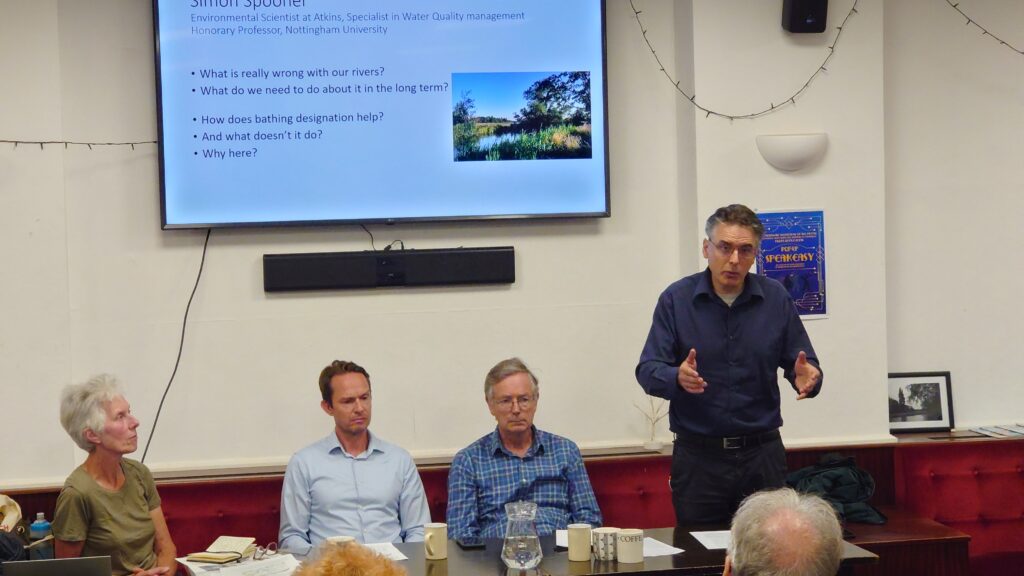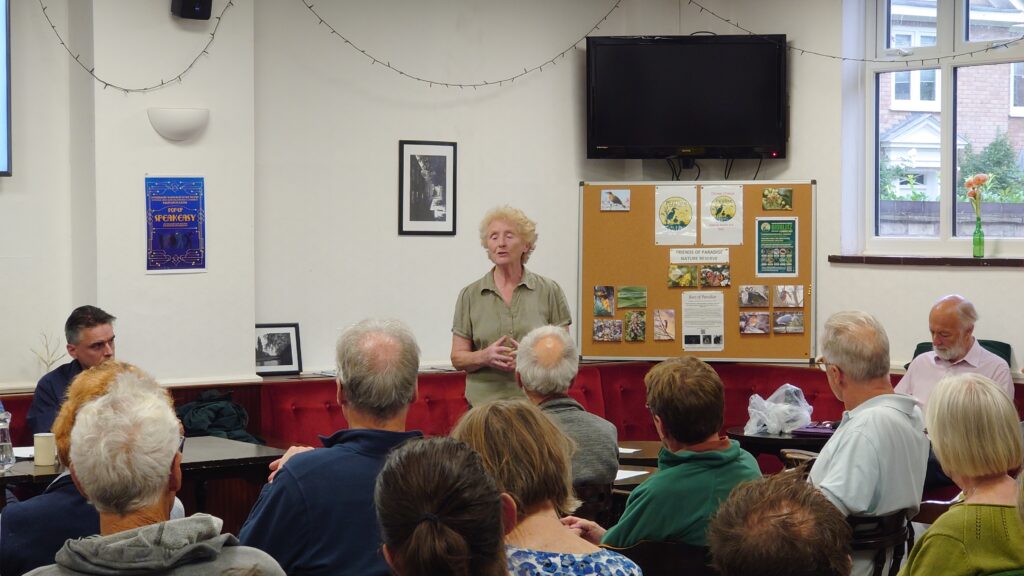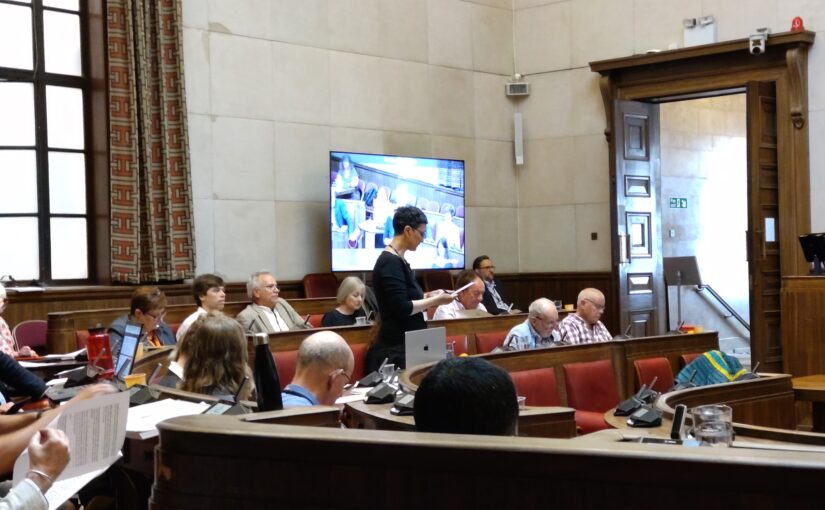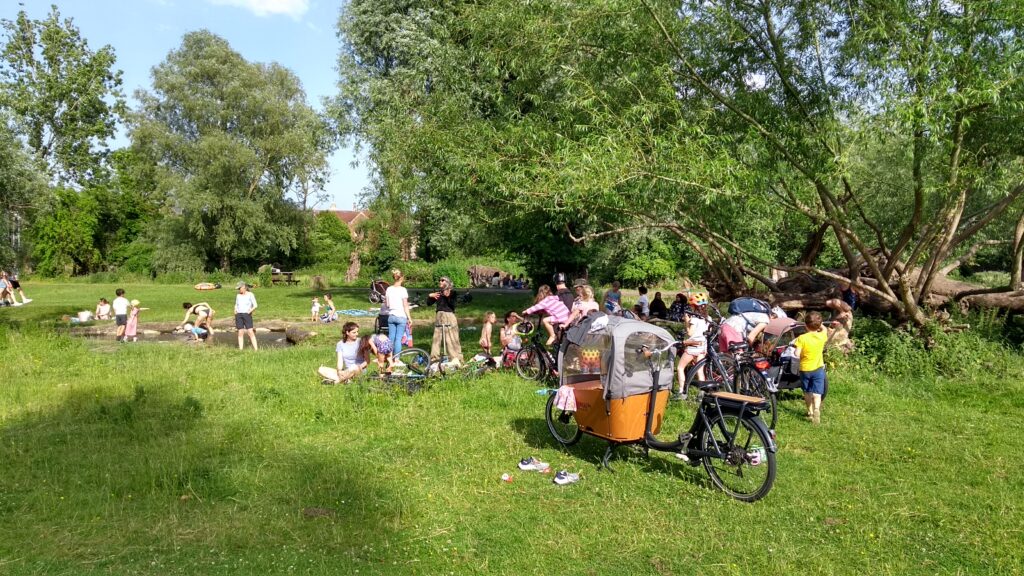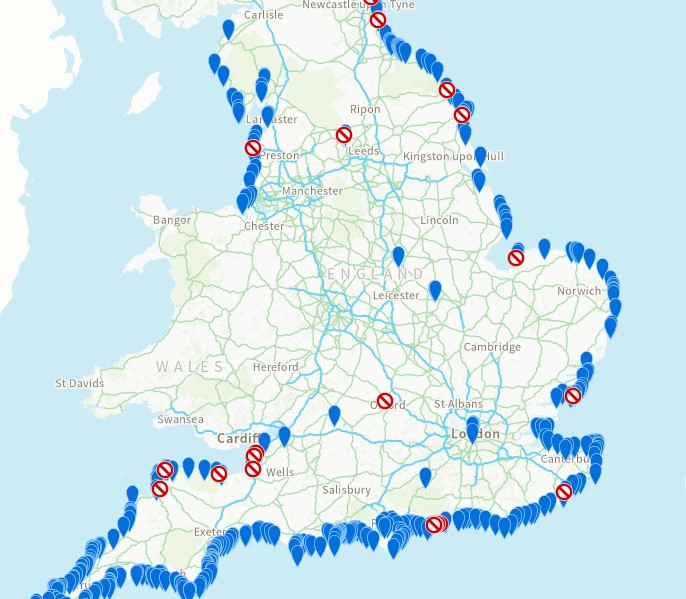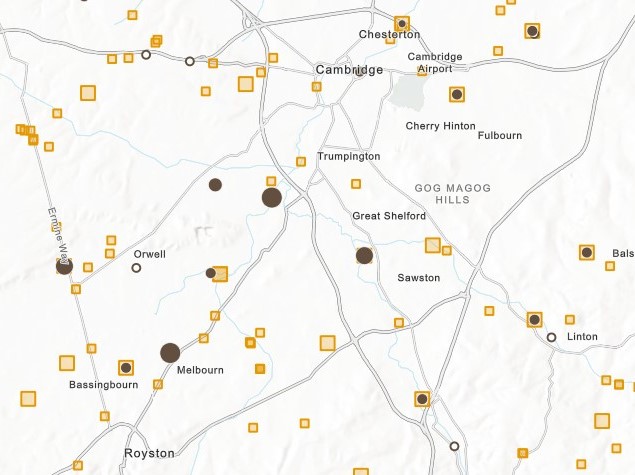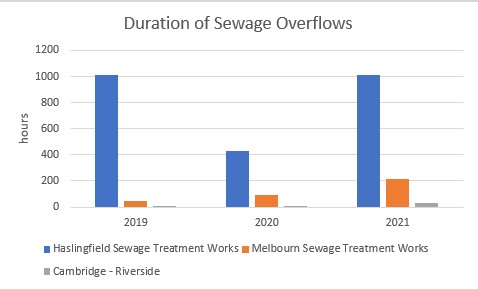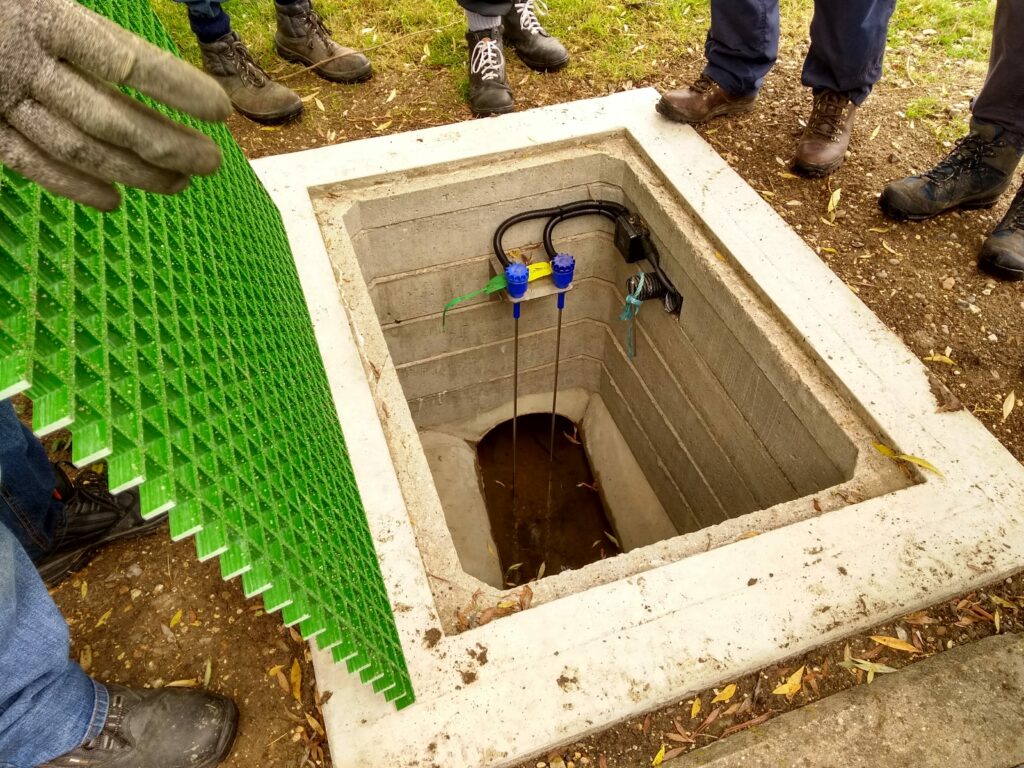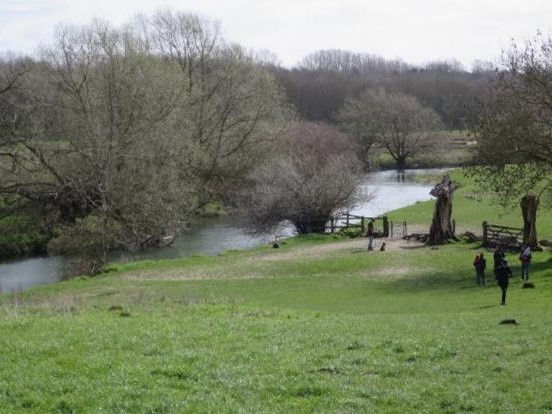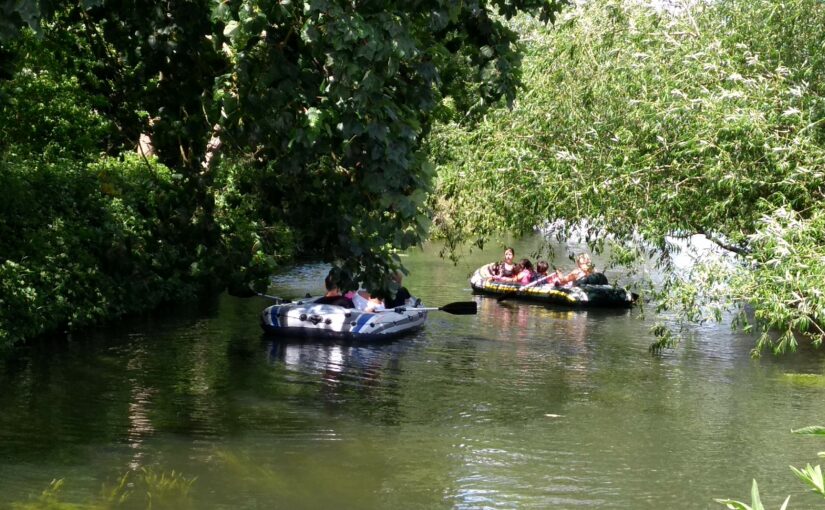Why is the Bathing Water quality so poor, and what should be done about it?
We held a well attended event in Newnham, Cambridge on 23 October 2024 to share the results of our investigations into the poor water quality in the River Cam, at the end of the first Bathing Season after achieving Bathing Water Designation.
Following the Environment Agency’s monitoring , it is clear that the official Bathing Water classification will be “poor”. This will trigger advice against swimming, investigations into the causes, and measures to fix them.
We’d expected a poor classification, but the results are shocking: every single E. coli test result is above the 90 percentile threshold of 900 colonies/100ml. The River Cam may well have the worst quality Bathing Water in the UK
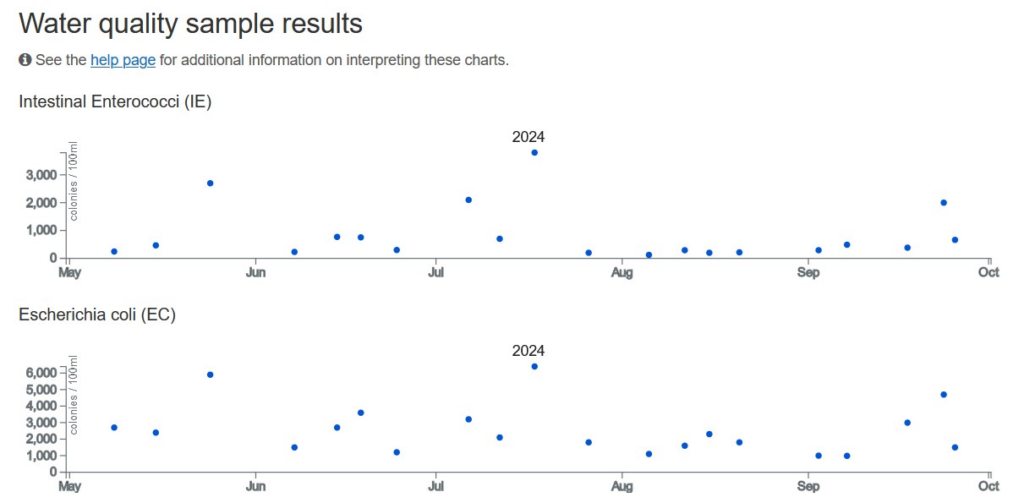
We want correspondingly urgent action to improve it, to protect the health of the many people that swim, kayak, paddleboard, punt and row on the Cam.
Our analysis of detailed monitoring done for us by Anglian Water during 2022-3 shows that Haslingfield Sewage works, 4km upstream is a big part of the problem. In summer, E. coli levels peak at the Sewage works, then steadily decline as the river flows past Grantchester Meadows to Sheep’s Green. In winter, and after rain, levels of E.coli are much higher, and they remain high as the water flows downstream

But our investigations show that other causes may also be contributing: its not JUST the sewage works.
These include frequent overflows from the sewage pumping stations in Harston, Haslingfield and Grantchester. These releases flow into various ditches, and then into the Cam

The Rising Main (the pressurised pipeline taking raw sewage from the surrounding villages to Haslingfield Sewage Works) burst 3 times in 2022 and once in 2024

These various overflows have released sewage 35 times since January 2021.
This is in addition to the all too frequent overflows from the sewage works itself, which last year was revealed by Anglian Water’s EDM report to have been overflowing 30% of the time.
Surface water from Newnham Croft flows into the ditch at Paradise Nature Reserve. We think this may be also be contributing when it rains…

After rain, the ditch goes brown. We’ve tested this for E. coli and as our presentation shows, after rain, E.coli levels reach 100,000 colonies/100ml . This shockingly high level is as bad as in the effluent being discharged from Haslingfield Sewage works.
We don’t yet know where this is coming from. Misconnections in Newnham could easily be a cause, because these are quite common, particularly from extensions when builders take “shortcuts”. These misconnections could be releasing sewage, or other “foul” water into Paradise Nature Reserve and the River Cam.
Dog mess might also be contributing.

To help
- Check that builders haven’t misconnected your drains (contact us if you want help)
- Call the Environment Agency, immediately on 0800 80 7060 if you see suspected pollution incidents (this “evidence” helps the Environment Agency’s enforcement)
- Never, ever, put wet wipes down the toilet (these cause blockages)
- And join us on the ‘March for Clean Water’ on 3 Nov (show your support for tighter regulation, better enforcement and an end to pollution for profit)
We’ve organised a coach from Cambridge to the ‘March for Clean Water’, or you can make your own way by train. Do join us

